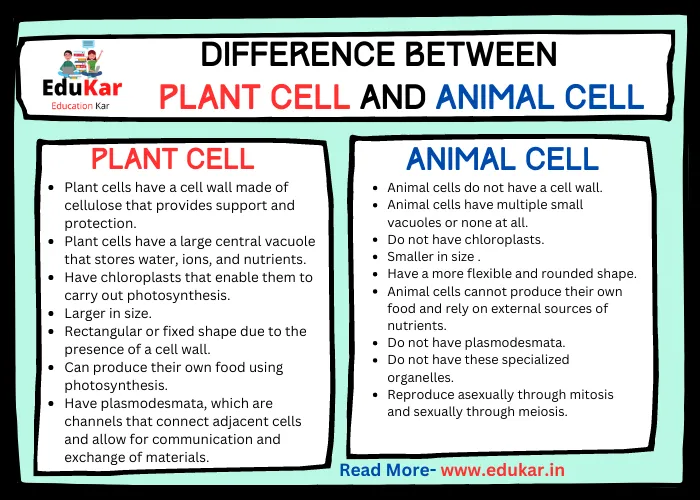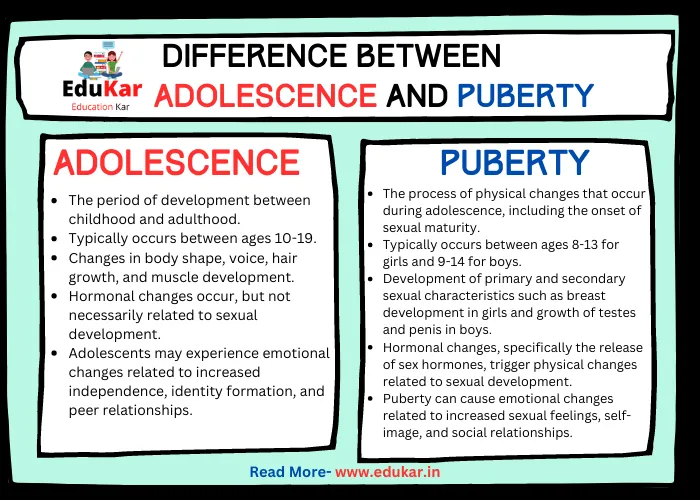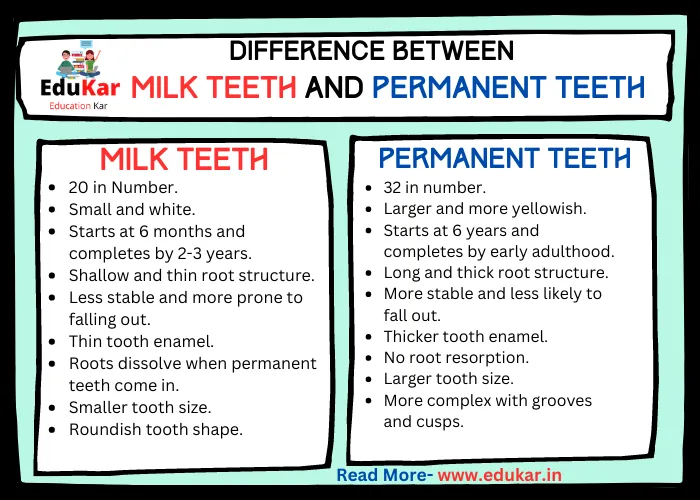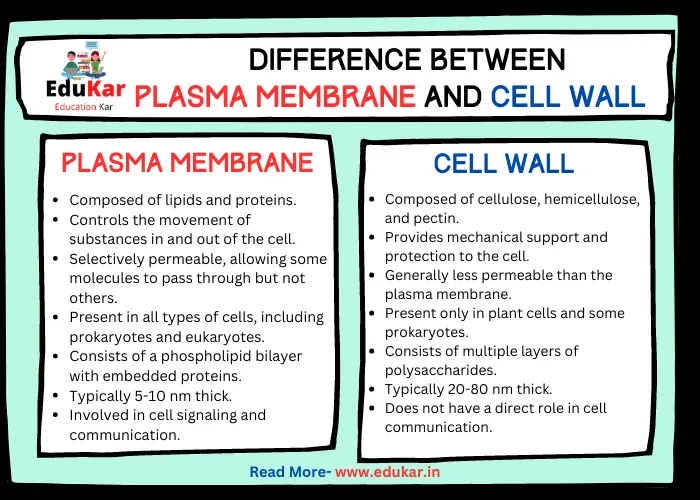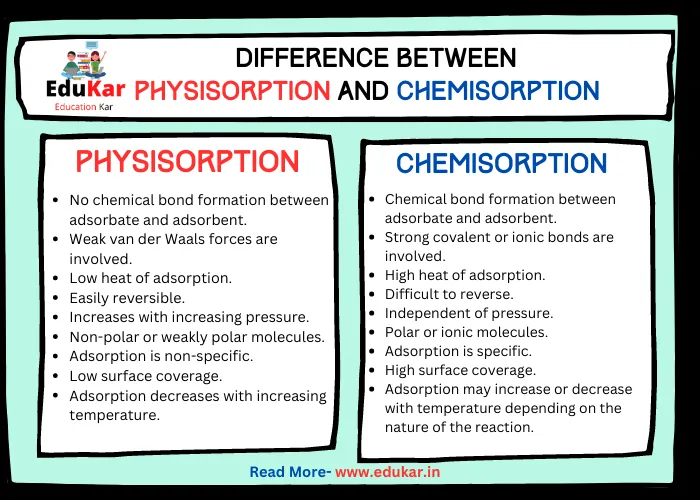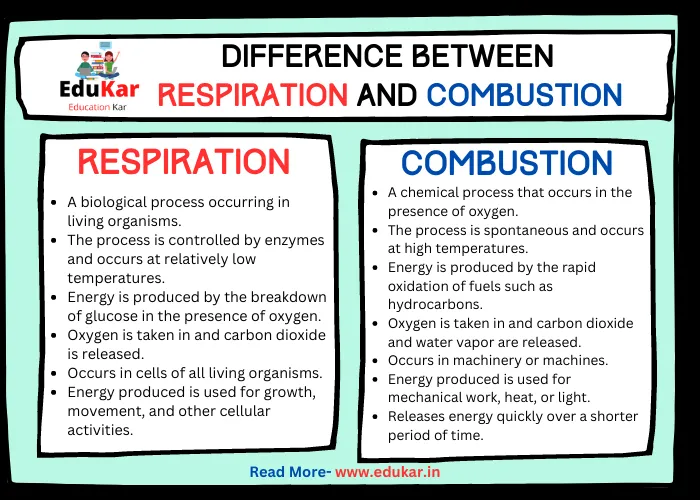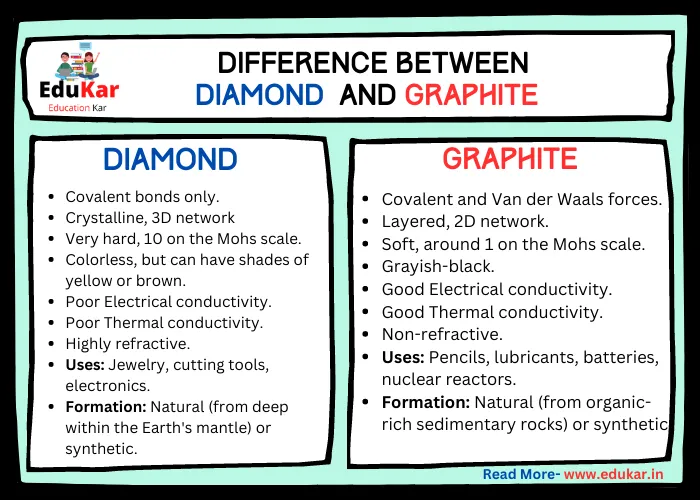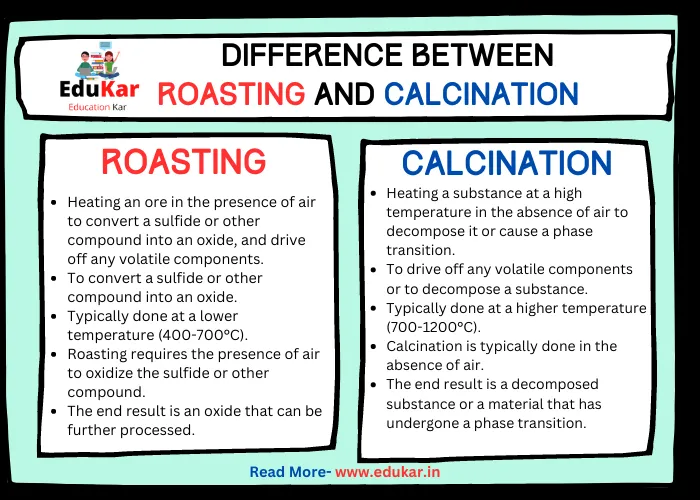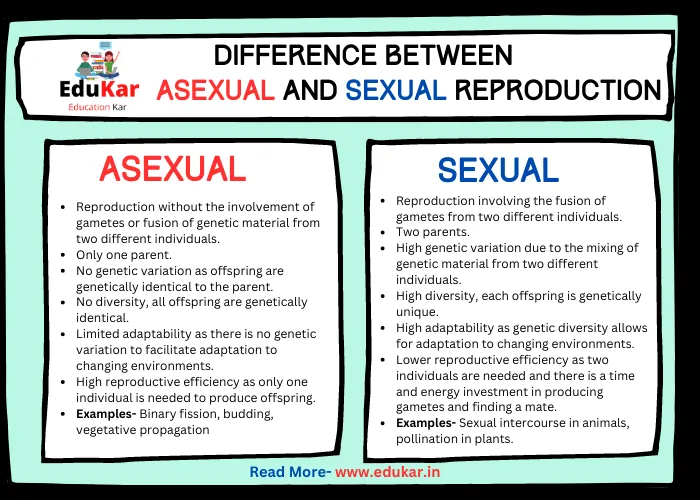Contents
Learn about the differences between Ordinary Portland Cement (OPC) and Portland Pozzolana Cement (PPC), two commonly used types of cement in construction. In this blog, we will discuss the difference between OPC and PPC cement, their advantages and disadvantages, and which one to choose for construction.

Introduction
Cement is an essential material used in construction to bind together various materials such as concrete, bricks, and stones. Cement is a powder that hardens when mixed with water to form a solid and strong substance. There are several types of cement available in the market, and the two most commonly used types are Ordinary Portland Cement (OPC) and Portland Pozzolana Cement (PPC). Both OPC and PPC are used extensively in the construction industry for various purposes.
OPC Cement
OPC cement is a type of hydraulic cement that is manufactured by grinding clinker with gypsum. The clinker is a mixture of limestone, clay, and other materials that are heated in a kiln to form a hard and porous material. OPC cement is widely used in the construction industry due to its strength and durability. There are three types of OPC cement – OPC 33, OPC 43, and OPC 53.
Manufacturing process:
OPC cement is manufactured by grinding clinker with gypsum in a cement mill. The clinker is obtained from raw materials such as limestone, clay, and iron ore that are crushed and ground into a fine powder. The powder is then heated in a kiln at a temperature of 1400-1500°C to form clinker. The clinker is then cooled and ground with gypsum to form OPC cement.
Advantages and disadvantages:
OPC cement has several advantages, such as high strength, durability, and low cost. It is widely used in the construction of buildings, bridges, and other infrastructure projects. However, OPC cement has some disadvantages, such as high heat of hydration, which can lead to cracks in the concrete and a shorter setting time, which makes it difficult to work with.
Uses in construction:
OPC cement is used in a variety of construction projects, such as the construction of buildings, bridges, and other infrastructure projects. It is also used in the production of precast concrete products, such as pipes, blocks, and tiles.
PPC Cement
PPC cement is a type of hydraulic cement that is manufactured by grinding clinker with pozzolanic materials such as fly ash, volcanic ash, or silica fumes. The pozzolanic materials react with calcium hydroxide to form additional cementitious compounds that improve the strength and durability of the cement. PPC cement is widely used in the construction industry due to its low heat of hydration, high durability, and improved workability.
Manufacturing process:
PPC cement is manufactured by grinding clinker with pozzolanic materials such as fly ash, volcanic ash, or silica fumes in a cement mill. The pozzolanic materials react with calcium hydroxide to form additional cementitious compounds that improve the strength and durability of the cement. The final product is then ground with gypsum to form PPC cement.
Advantages and disadvantages:
PPC cement has several advantages, such as low heat of hydration, high durability, and improved workability. It is also environmentally friendly as it uses industrial waste such as fly ash or slag as a raw material. However, PPC cement has some disadvantages, such as a longer setting time, which can delay construction projects, and higher cost compared to OPC cement.
Uses in construction:
PPC cement is used in a variety of construction projects, such as the construction of dams, marine structures, and other infrastructure projects that require high durability and low heat of hydration. It is also used in the production of precast concrete products, such as pipes, blocks, and tiles.
Differences between OPC and PPC cement
| OPC Cement | PPC Cement |
|---|---|
| OPC stands for Ordinary Portland Cement. | PPC stands for Portland Pozzolana Cement. |
| Produced by grinding clinker and gypsum. | Produced by combining clinker, fly ash, and gypsum. |
| Has a higher percentage of clinker (95%) and lower percentage of pozzolanic material. | Has a lower percentage of clinker (50-60%) and a higher percentage of pozzolanic material (30-40%). |
| Has a higher early strength and sets faster. | Has a slower setting time and lower early strength, but gains strength over time. |
| Suitable for structures that require high strength, such as bridges and high-rise buildings. | Suitable for mass concreting projects, such as dams and foundations. |
| Has a higher heat of hydration and generates more heat during the curing process. | Has a lower heat of hydration and generates less heat during the curing process. |
| More expensive than PPC cement. | Less expensive than OPC cement. |
| Has a higher rate of shrinkage and is more prone to cracking. | Has a lower rate of shrinkage and is less prone to cracking. |
| Higher carbon footprint due to the higher amount of clinker used. | Lower carbon footprint due to the use of fly ash as a pozzolanic material. |
| Commonly used in precast and ready-mix concrete applications. | Commonly used in construction projects that require a longer curing time. |
| Blue-grey color. | Greenish-grey color. |
| Lower resistance to chemical attacks, such as sulfates and chlorides. | Higher resistance to chemical attacks, such as sulfates and chlorides. |
| Not suitable for projects that require low heat of hydration, such as large concrete pours. | Suitable for projects that require low heat of hydration, such as large concrete pours. |
| Higher compressive strength compared to PPC cement. | Lower compressive strength compared to OPC cement, but gains strength over time. |
| Has a higher sulfate-resistance compared to PPC cement. | Has a lower sulfate-resistance compared to OPC cement. |
Which cement to choose for construction?
The choice of cement depen ds on several factors such as the type of construction project, the desired strength and durability, the setting time, and the cost. OPC cement is preferred for projects that require high early strength, while PPC cement is preferred for projects that require high durability, low heat of hydration, and improved workability. However, the choice of cement should be made after considering all the factors and consulting with a construction expert.
Conclusion
OPC and PPC cement are two commonly used types of cement in the construction industry. They differ in their composition, manufacturing process, strength and durability, setting time, and uses in construction. The choice of cement should be based on the specific needs of the construction project.
OPC cement is preferred for projects that require high early strength, PPC cement is preferred for projects that require high durability, low heat of hydration, and improved workability. It is essential to choose the right cement for construction to ensure the longevity and stability of the structure.
FAQs
What is OPC Cement?
OPC (Ordinary Portland Cement) is a widely used type of cement that is commonly used in construction projects. It is made by grinding a mixture of limestone, clay, and other materials in a kiln at high temperatures.
What is PPC Cement?
PPC (Portland Pozzolana Cement) is another type of cement that is widely used in construction. It is made by blending Portland cement clinker, gypsum, and pozzolanic materials, such as fly ash, volcanic ash, or silica fume.
What is the difference between OPC and PPC Cement?
The main difference between OPC and PPC cement lies in their composition and manufacturing process. OPC is made by grinding a mixture of limestone, clay, and other materials at high temperatures, while PPC is made by blending Portland cement clinker, gypsum, and pozzolanic materials. OPC has a higher compressive strength compared to PPC, while PPC has better workability and is more resistant to chemical attacks.
What are the applications of OPC and PPC Cement?
OPC is commonly used in the construction of buildings, bridges, and other infrastructure projects that require high strength concrete. PPC is used for making concrete for non-structural applications such as plastering, flooring, and brickwork.
Which one is more cost-effective, OPC or PPC Cement?
The cost of OPC and PPC cement depends on several factors, including the location of the construction site, transportation costs, and availability of raw materials. In general, PPC cement is more cost-effective than OPC cement as it uses pozzolanic materials which are cheaper than the raw materials used in OPC cement. However, the cost of cement can vary depending on the market conditions.
Which one is better for the environment, OPC or PPC Cement?
PPC cement is considered to be more environmentally friendly than OPC cement as it reduces the carbon footprint of cement production. The use of pozzolanic materials such as fly ash and silica fume in PPC cement reduces the amount of Portland cement required, which results in lower CO2 emissions. OPC cement requires more energy and produces more CO2 emissions during production.


